
OP-ED: For a Kid of Color, Unavoidable Contact With the Cops
|
How a young man of color became a victim of a society filled with injustice, gang violence and police cruelty.
Juvenile Justice Information Exchange (https://jjie.org/tag/racial-ethnic-fairness/page/4/)

How a young man of color became a victim of a society filled with injustice, gang violence and police cruelty.
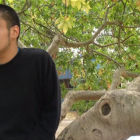
Alhough gay and transgender youth make up just 5 to 7 percent of the overall national population, LGBTQ youth represent up to 15 percent of the total juvenile justice population, according to a report by the Center for American Progress. And that may be a conservative estimate, experts say.

The new Juvenile Justice Resource Hub section on racial-ethnic fairness covers the persistent problem of racial and ethnic disparities in the juvenile justice system and details some promising reforms aimed at addressing this inequity, along with other research and best practices in this critical juvenile justice issue.

Despite hundreds of millions in grants to reduce the overrepresentation of minority youth in the juvenile justice system, youth of color still appear in disproportionate numbers in many areas of the system.
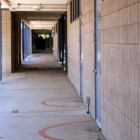
Latino and black students in California continue to be affected disproportionately by discipline that removes them from classrooms and often leaves them further behind academically.
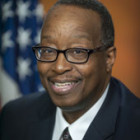
Every path to delinquency takes a different course, but the experience of childhood trauma is as close to a common marker as you will find.

Although Daryl was only 15 years old at the time of his arrest, he was charged and tried as an adult.

The Obama administration Wednesday unveiled sweeping national school discipline guidelines urging schools to remove students from classrooms for disciplinary reasons only as a last resort. “Unfortunately, a significant number of students are removed from class each year – even for minor infractions of school rules – due to exclusionary discipline practices, which disproportionately impact students of color and students with disabilities,” Education Secretary Arne Duncan wrote in a letter to school stakeholders nationwide. For example, civil rights data from the 2011-12 school year show that African-American youths without disabilities were more than three times as likely as their white peers without disabilities to be suspended or expelled. Students receiving special education services, who represented 12 percent of all students in the country, comprised 19 percent of students suspended in school, 20 percent receiving out-of-school suspensions and 23 percent of students involved in a school-related arrest. And more than half of students involved in school-related arrests or referred to law enforcement were Hispanic or African-American.
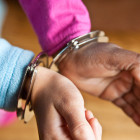
Whether through “disproportionate minority contact” or unequal treatment in the juvenile judicial process, young people of color often face bias, panelists and audience members agreed Tuesday at a workshop at the John D. and Catherine T. MacArthur Foundation’s eighth annual Models for Change National Working Conference.
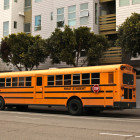
San Francisco has cut student suspensions by nearly a third in three years but continues to struggle with grossly disproportionate suspensions of black students.